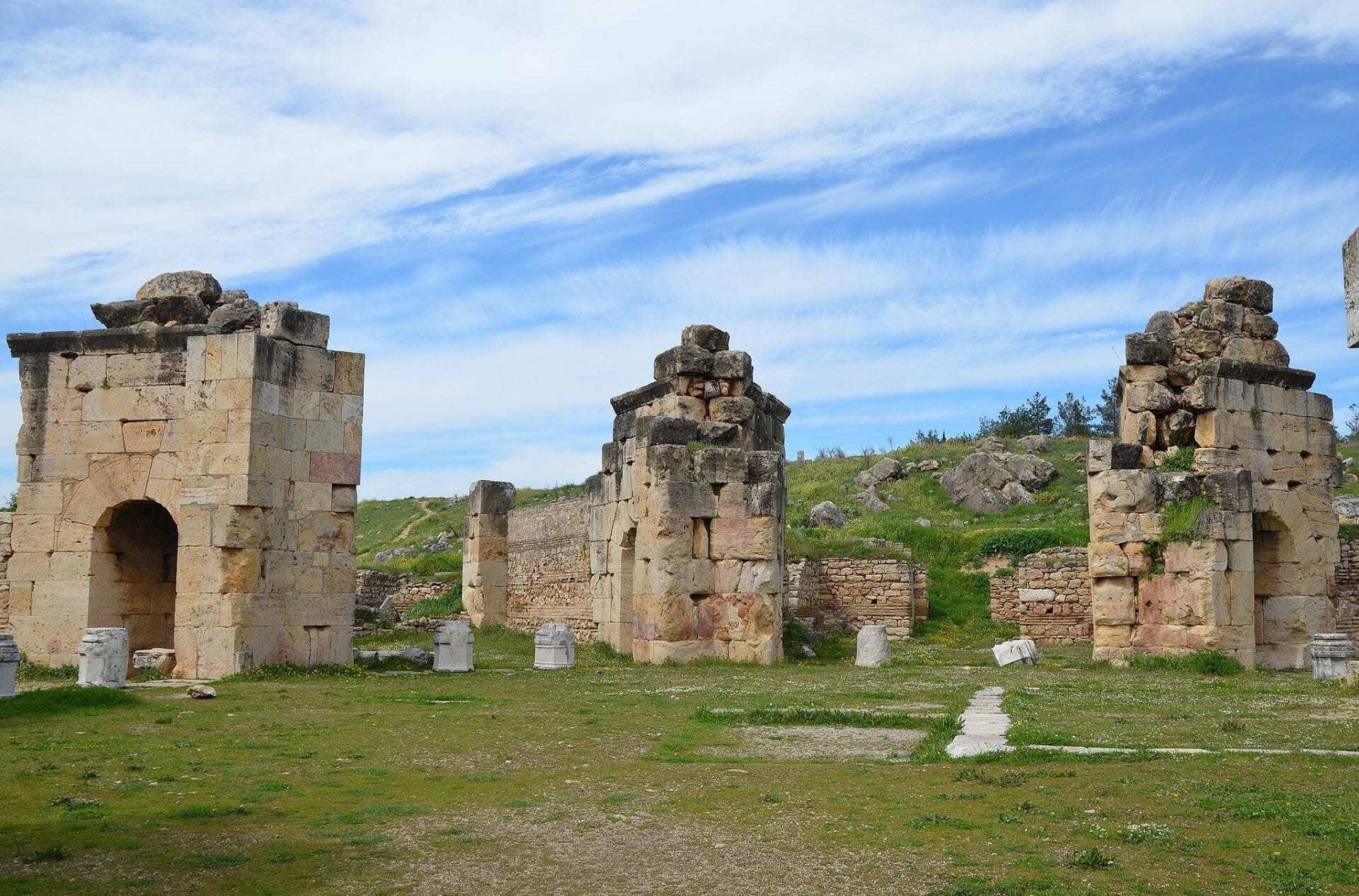Archaeologists believe they may have found the tomb of the apostle, St Philip of Turkey during recent excavations of a Byzantine church in the ancient Greek city of Hierapolis (in modern southwest Turkey).
The tomb, which is located approximately 40 meters away from an ancient church dedicated to the saint (the Martyrium of St. Philip), has been identified as Philip’s by inscriptions located on the walls of the structure.
The current issue of Biblical Archaeology Review (BAR) features an article by lead excavator Professor D’Andria relating the history of St. Philip, his martyrdom by upside-down crucifixion and his martyrium at Hierapolis. Most of what is known about St. Philip outside of the New Testament comes from the apocryphal fourth-century text called the Acts of Philip. In the July/August 2011 BAR article, titled “Conversion, Crucifixion and Celebration,”
Professor D’Andria believes that the tomb was moved to its present location in the fifth century from its original position in the Martyrium of St. Philip. D’Andria and his team have not yet opened the grave to examine the remains, but they plan to do so soon. He anticipates that this new discovery will add to the significance of Hierapolis as a Christian pilgrimage destination.
Header Image Credit : Carole Raddato





